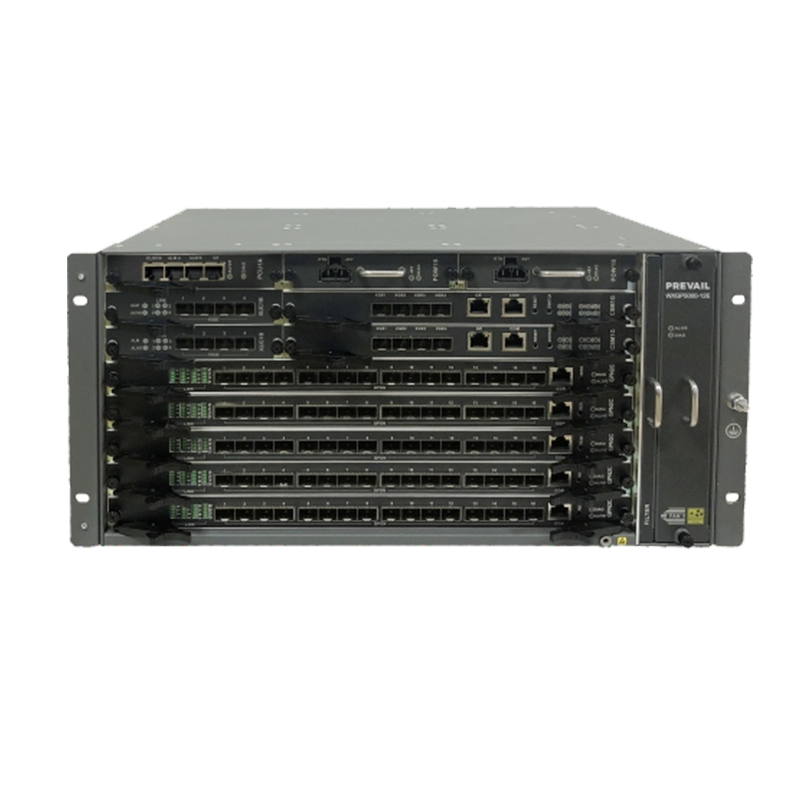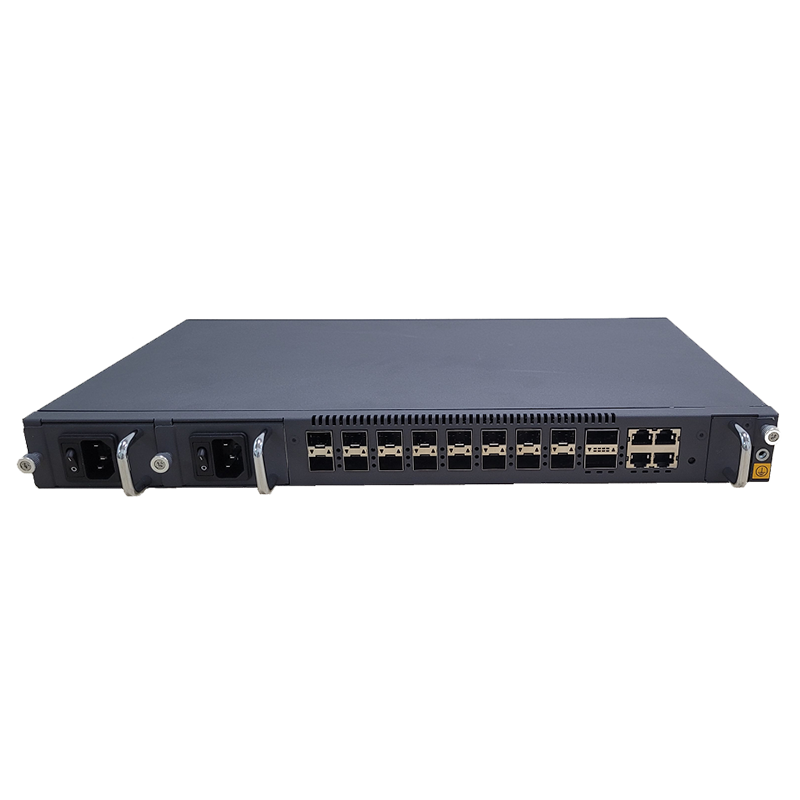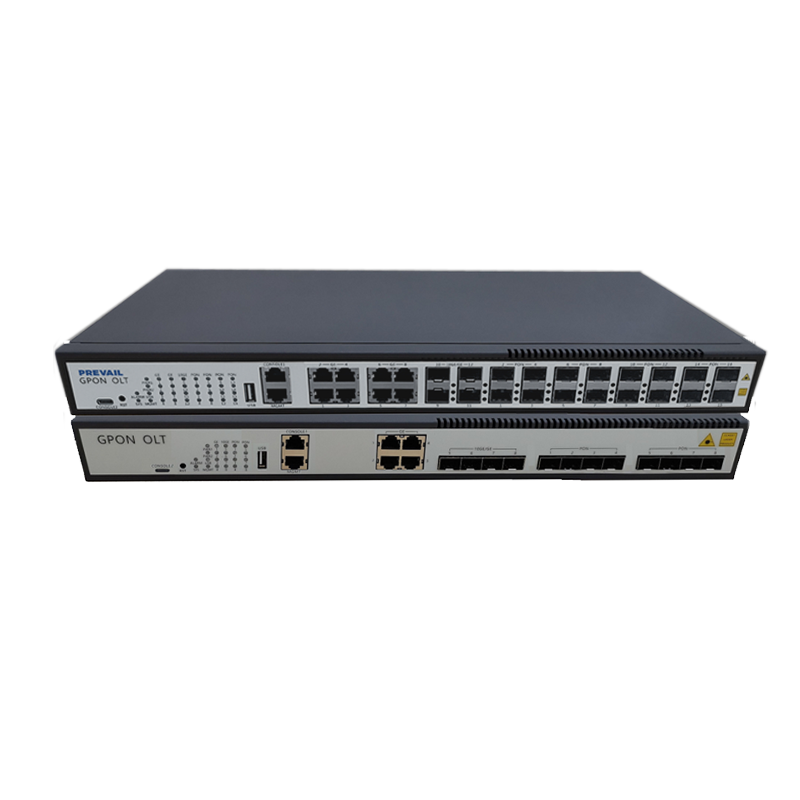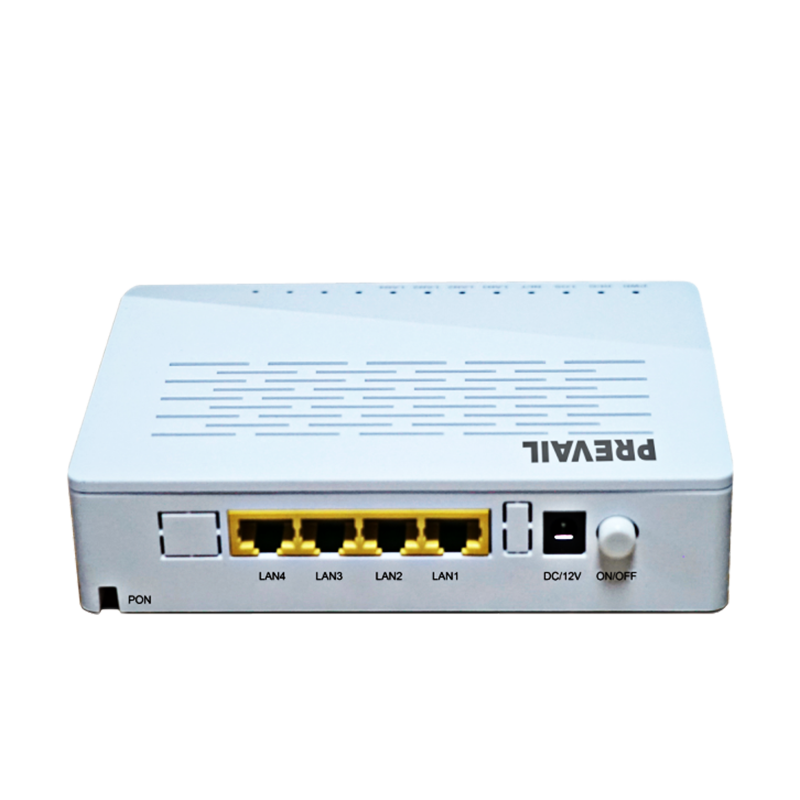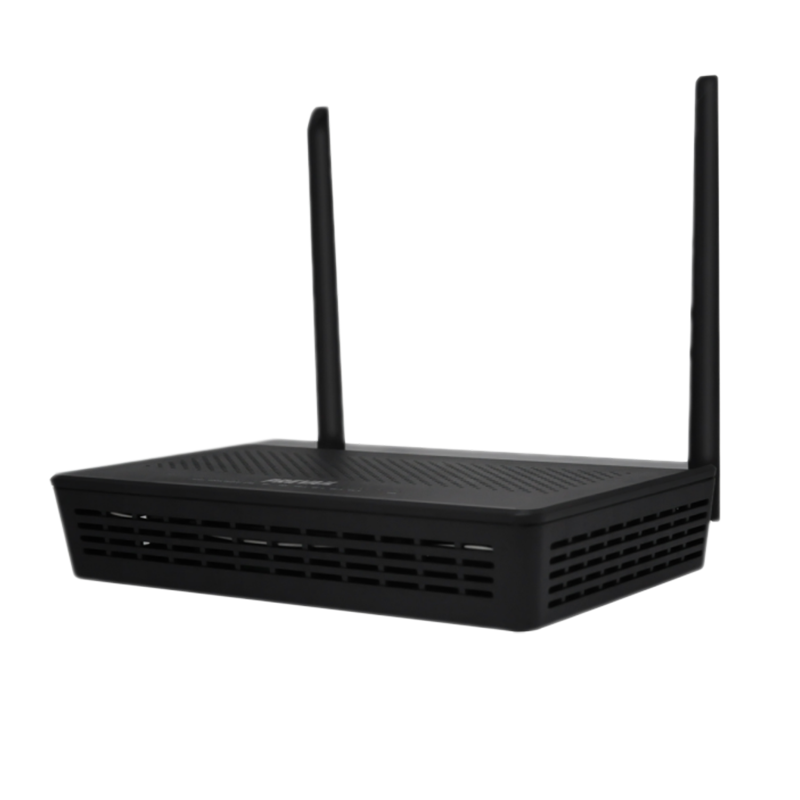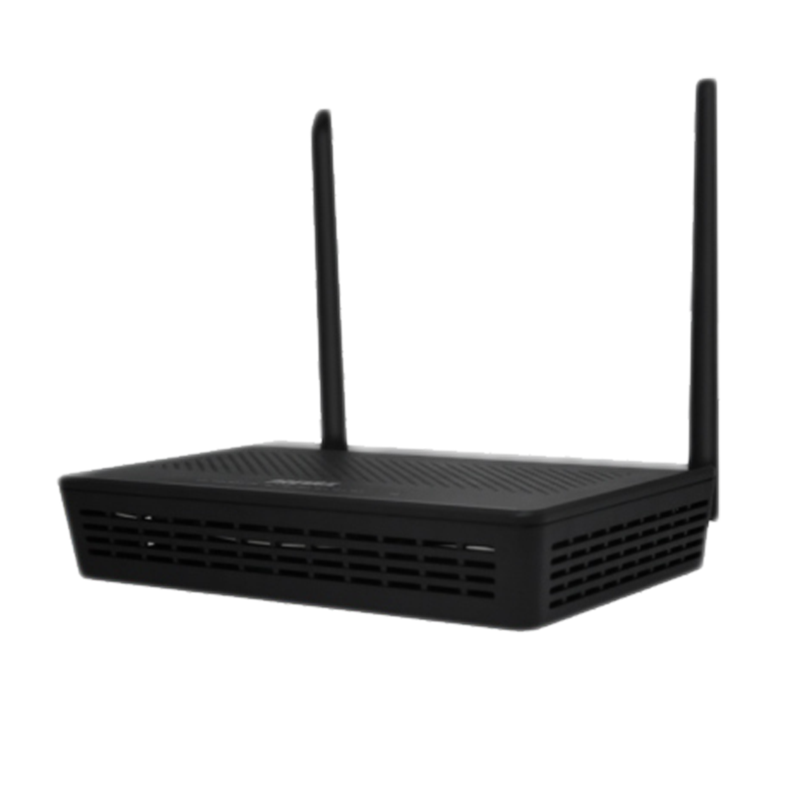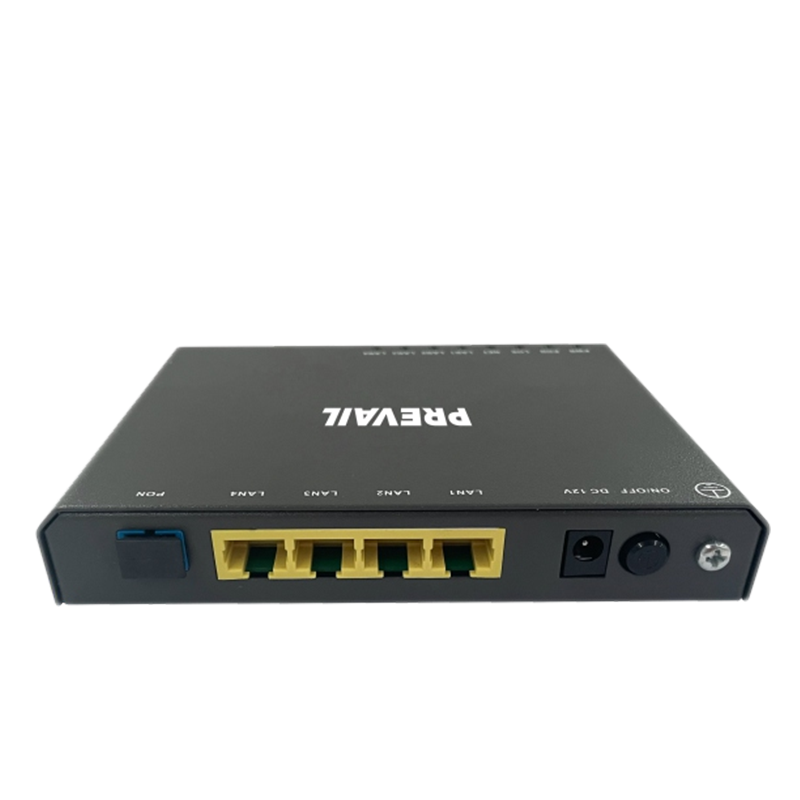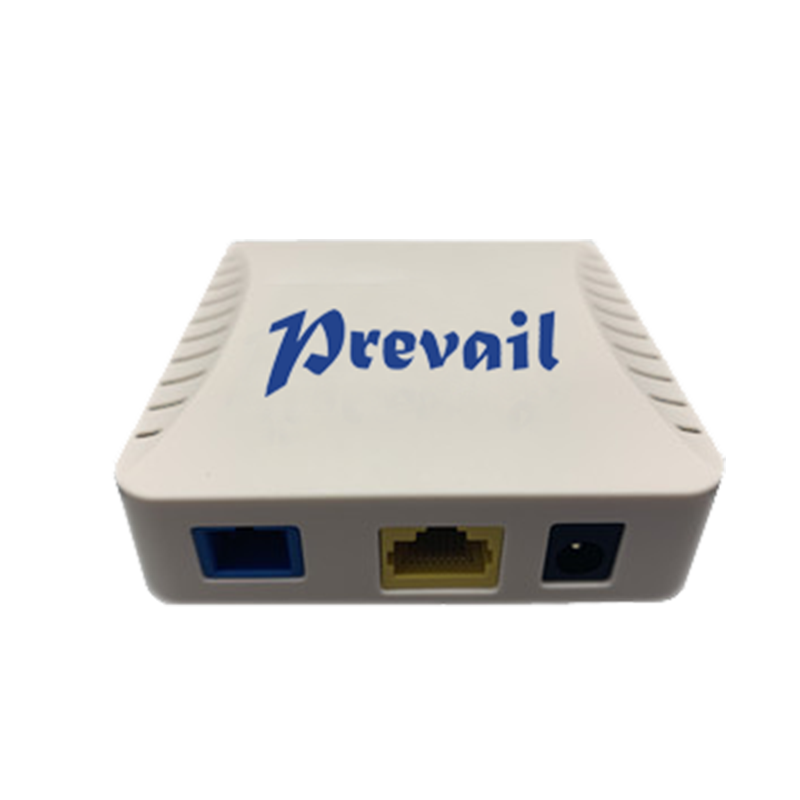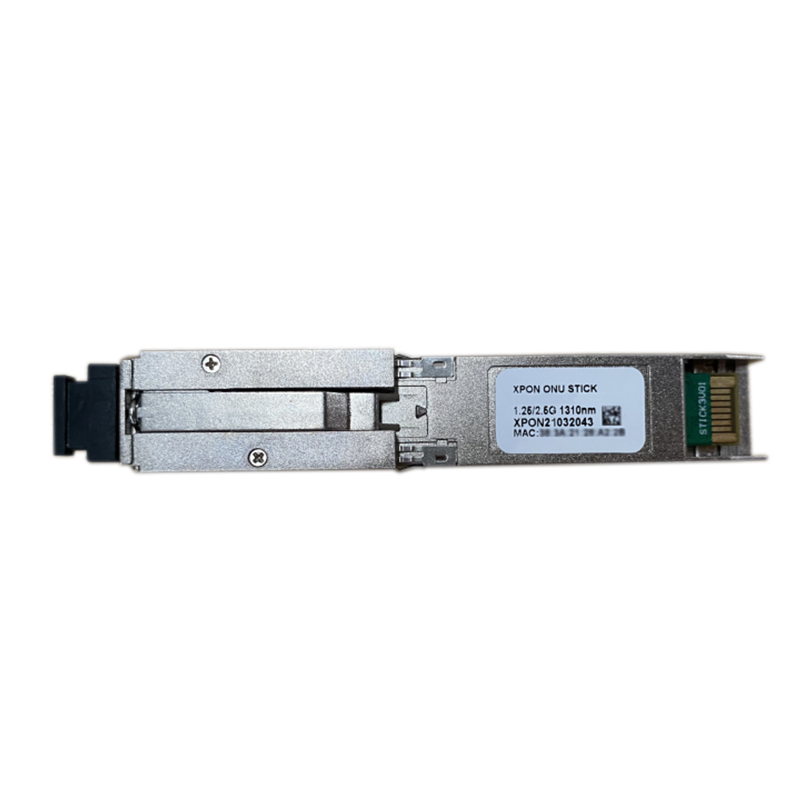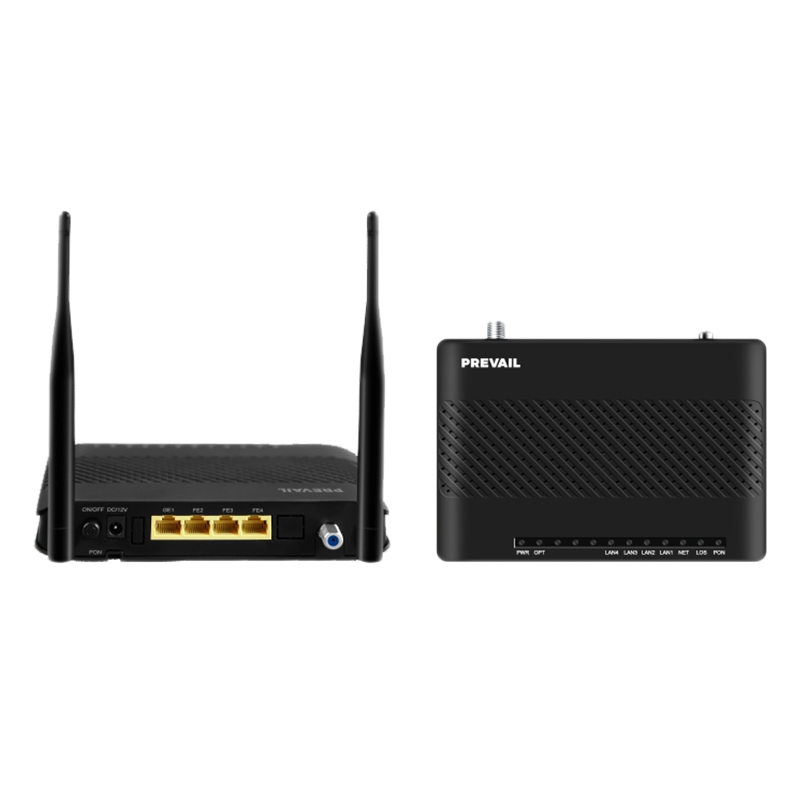How Do Passive Optical Devices Enhance Modern Communication Networks?
Passive optical devices are integral components of modern communication networks, playing a crucial role in transmitting data over vast distances without the need for external power. But how exactly do these devices enhance the efficiency and reliability of today’s communication networks?
Passive optical devices are components in optical networks that operate without requiring external electrical power. Unlike active devices, which need power to amplify or process signals, passive optical devices simply guide or control light. Common examples include optical fibers, splitters, couplers, and filters. These devices are essential for directing and managing optical signals within a network, ensuring that data is transmitted efficiently and accurately across long distances.
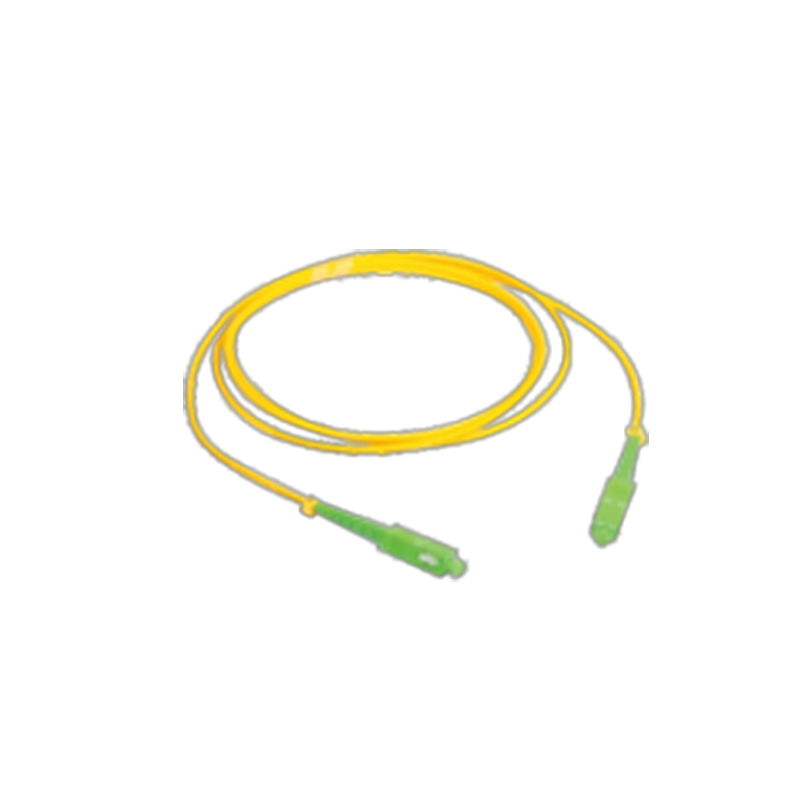
One of the key functions of passive optical devices is maintaining signal integrity during transmission. Optical fibers, for instance, carry light signals over long distances with minimal loss, thanks to their low attenuation properties. Splitters and couplers allow signals to be distributed or combined without significant degradation. This capability is crucial in communication networks, where maintaining signal strength and quality is vital for data transmission. By reducing the need for signal amplification and minimizing losses, passive optical devices contribute to more reliable and efficient networks.
As data demands continue to grow, the scalability and flexibility of communication networks are increasingly important. Passive optical networks (PONs), which rely heavily on passive optical devices, offer a scalable solution by enabling the addition of more users without requiring extensive infrastructure changes. PONs use optical splitters to divide a single fiber into multiple branches, allowing for efficient bandwidth sharing among multiple users. This scalability makes passive optical devices ideal for expanding networks in urban and rural areas alike, meeting the growing need for high-speed internet and communication services.
Passive optical devices are cost-effective due to their simple design and lack of power requirements. Without the need for electrical power, these devices reduce operational and maintenance costs. Additionally, passive optical networks eliminate the need for active components at customer premises, further lowering costs. The simplicity of passive optical devices also translates to longer lifespans and reduced downtime, making them a financially viable option for network providers. For organizations looking to deploy or upgrade communication networks, the use of passive optical devices offers a way to achieve high performance without excessive costs.
In an era where sustainability is increasingly important, the environmental benefits of passive optical devices cannot be overlooked. By eliminating the need for power-hungry active components, passive optical networks consume less energy, reducing the carbon footprint of communication infrastructure. Moreover, the materials used in passive optical devices are often recyclable, further enhancing their environmental friendliness. As companies and governments push for greener technologies, the role of passive optical devices in reducing energy consumption and minimizing waste becomes even more significant.
Passive optical devices are known for their reliability and low maintenance requirements. Without moving parts or the need for power, these devices are less prone to failure and require minimal upkeep. This reliability is crucial for maintaining stable communication networks, particularly in areas where downtime can have significant economic or social impacts. The robustness of passive optical devices also means that they can operate effectively in harsh environmental conditions, providing consistent performance in a variety of settings.
Passive optical devices are essential for the future of communication networks, offering benefits in terms of efficiency, scalability, cost-effectiveness, and environmental impact. As data demands continue to rise and the push for sustainable technologies grows, passive optical devices will play an increasingly important role in ensuring that communication networks remain reliable, efficient, and adaptable. Are you prepared to embrace the potential of passive optical





